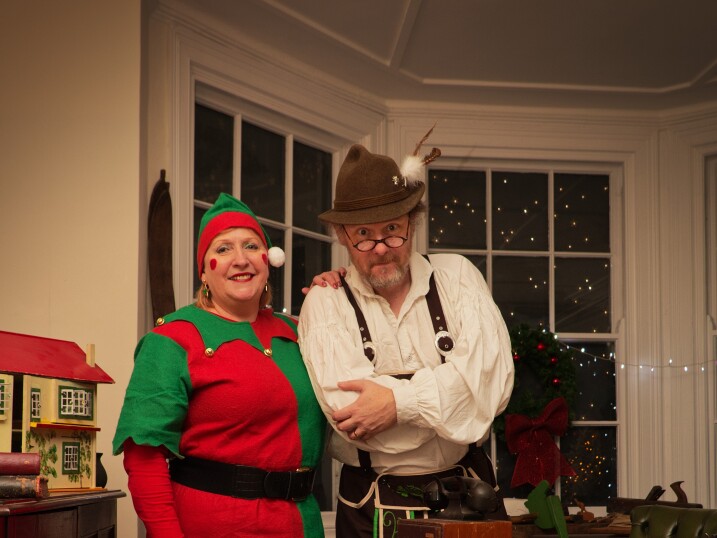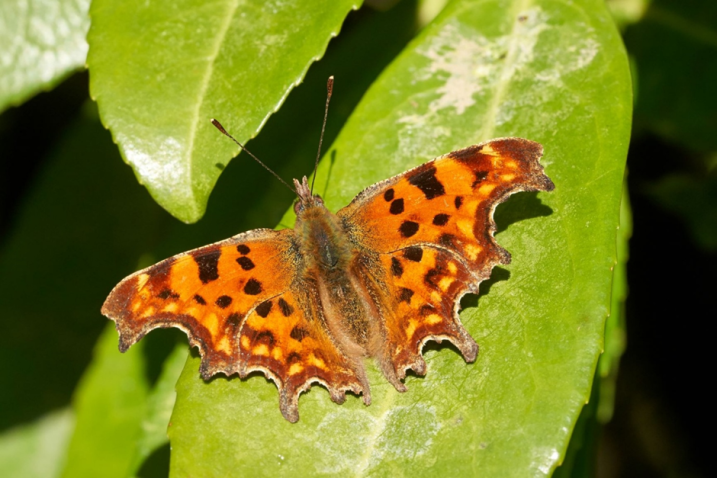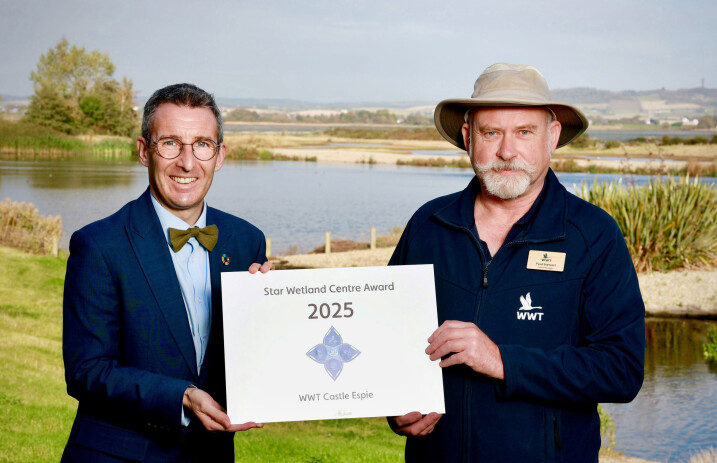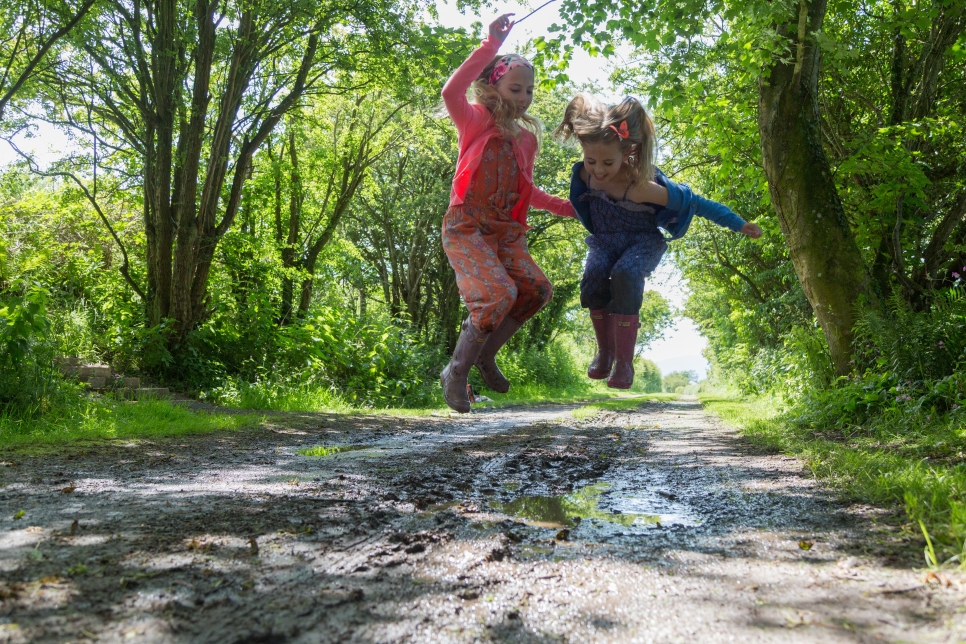Shining a spotlight on the smaller creatures springing to life around WWT Castle Espie
Spring has sprung and it’s not just our feathered friends coming to life. All around WWT Castle Espie, lots of tiny bugs are awakening from their winter hibernation.
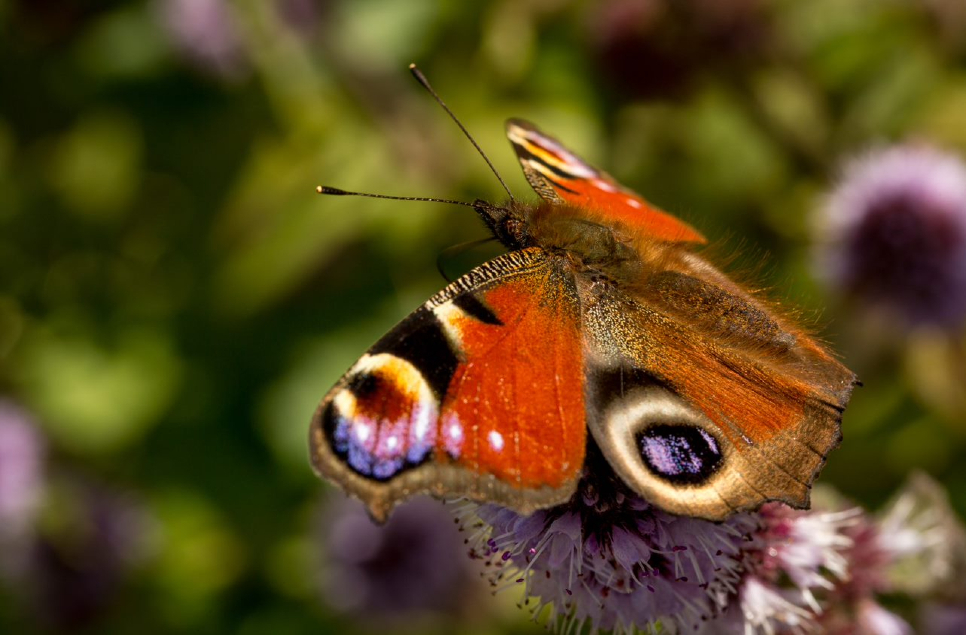
Spring has sprung and it’s not just our feathered friends coming to life. All around WWT Castle Espie, lots of tiny bugs are awakening from their winter hibernation.
As the first blossoms begin to appear and tree buds sprout new leaves, a vital source of food becomes available once more to insects like bees, caterpillars, butterflies and moths.
Despite their smaller size in comparison to some of the other wildlife visitors we have around WWT Castle Espie, bugs play a vital part in the ecosystem of the nature reserve, ensuring that our plants are pollinated and can continue to thrive.
With a rich, unspoilt habitat full of woodland, wetland, orchard and meadows, it’s no surprise that the reserve is a hiving bug hotel. You just have to look a little closer to see it.
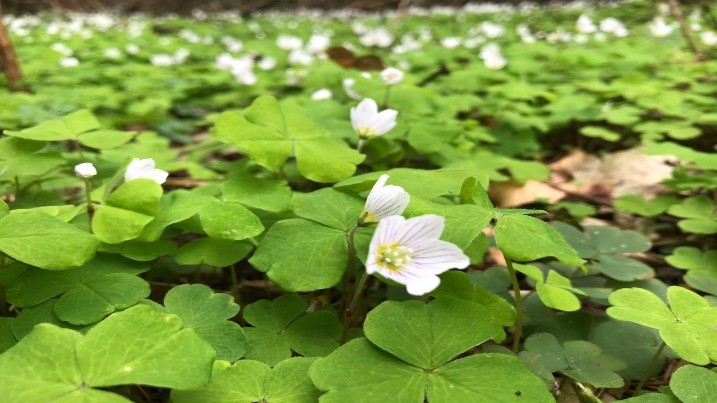
Image Credit: Ross McIlwrath (Wood Sorrel)
Beautiful Butterflies
It’s that time of year again when we see the emergence of beautiful butterflies on sunny, spring days. We love seeing them dance around the wildflowers and meadows on the reserve. So far a number of small tortoiseshell and peacock butterflies have been spotted flying around and we look forward to the number of species building in the coming weeks as the weather improves.
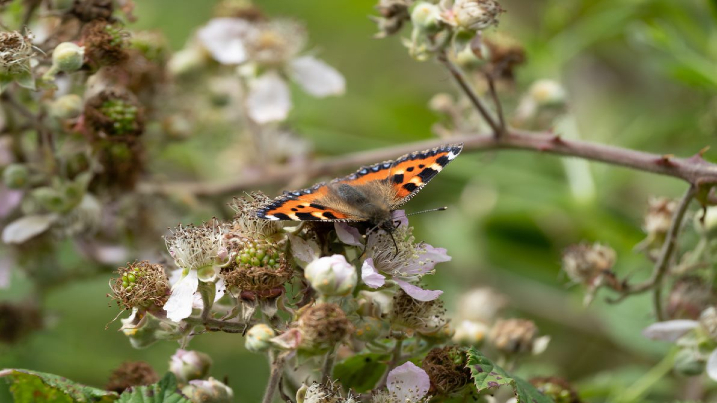
Image Credit: Lesley Barker
Fluffy Moths
At WWT Castle Espie we are very proud to say we have around 380 different species of moth, which is a great indicator of how healthy the surrounding environment is.
Moths are from the same group as butterflies but are often overlooked. They lay eggs, have caterpillars and grow into adults which fly around at night. They are also an important food source for a wealth of other wildlife such as bats who feed on the moths at night and birds who eat moth caterpillars.
Our resident “moth-er” Ross recently spotted a number of moth species including the Pine Beauty, the Hebrew Character, the Water Carpet and the Shoulder Stripe.
The Pine Beauty moth is particularly distinguishable featuring a fluffy thorax along with a beautiful orange-red pattern on the rest of its body. It cleverly uses its colour and pattern to hide during the day by blending in with the rusty orange bark of pine trees.
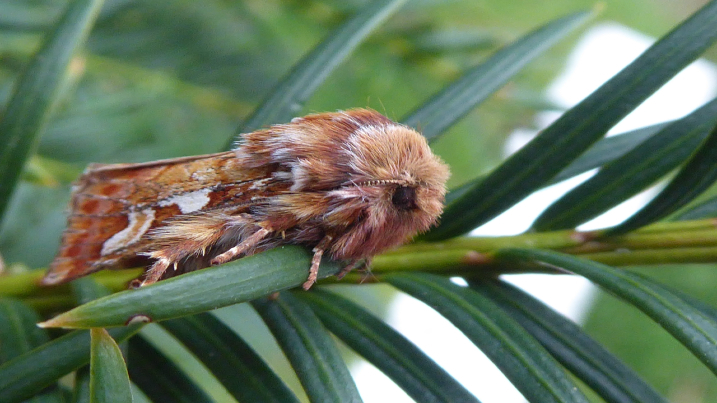
Image Credit: Ross McIlwrath
Wriggly Caterpillars
All around the reserve a wide variety of tiny caterpillars have been spotted hatching from their eggs. Caterpillars are fascinating insects which come in all sorts of sizes and styles. They have long, worm-like bodies with six true legs along with a number of stumpy false legs (called prolegs), which they use to help them move and cling to things, like the leaves of a plant which they use as a vital food source.
Some of the caterpillar species recently spotted at WWT Castle Espie include the Brimstone Moth, December Moth and Spruce Carpet Moth caterpillars.
The Brimstone Moth caterpillar is a particularly clever caterpillar which is able to camouflage itself as a twig! See if you can spot it in the picture below. We’ll give you a clue…. It’s brown with tinges of green and sticks itself at the end of the twig. Its head is facing forward and you can just about see its three legs under its head. It also has an extraordinary “spike” on its back, which it uses to mimic a leaf bud.
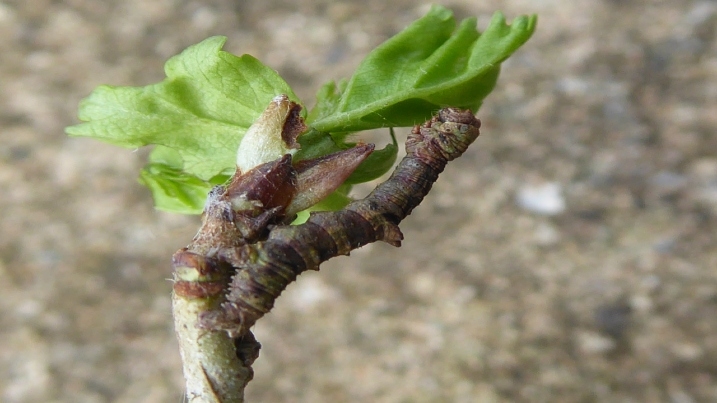
Image Credit: Ross McIlwrath
We’re also very excited to see lots of baby December Moth caterpillars around the reserve. They are only 4mm long and have the full spring and summer to munch away at leaves before they transform over the autumn into adult December Moths or “Mr. Fluffys” as we like to call them.
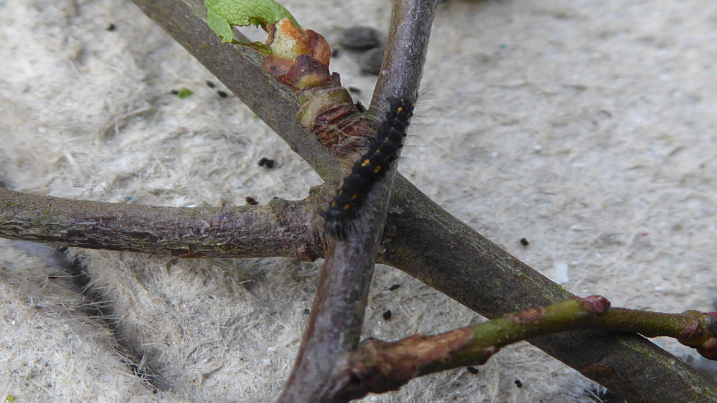
Image Credit: Ross McIlwrath
Finally, at only 3mm long you’ll need a magnifying glass and
possibly a lot of patience to find this one! The Spruce Carpet Moth caterpillar
hides within the needles on spruce trees. The green colouration and white
stripe on the caterpillar matches the needles perfectly, making them very hard
to spot. In the picture below you will see its pro-legs in action as it
searches for more spruce needles to climb onto with its “true legs” just under
the head.
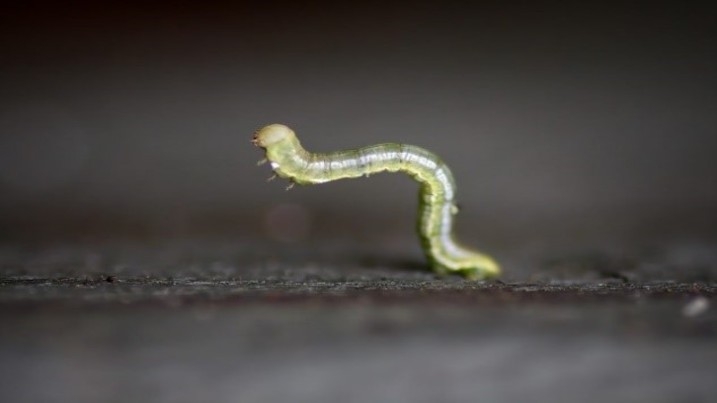
Image Credit: Jonathan Clark
Busy Bees and Beetles
The trees and plants are a hive of activity with busy bees and little ladybirds searching for food and homes to make their own. Queen bees can be heard buzzing around the willow catkins searching for a place to make their new hives and 7 spot ladybirds have been spotted coming out of hibernation from the crevices of wooden stumps and leaf litter.
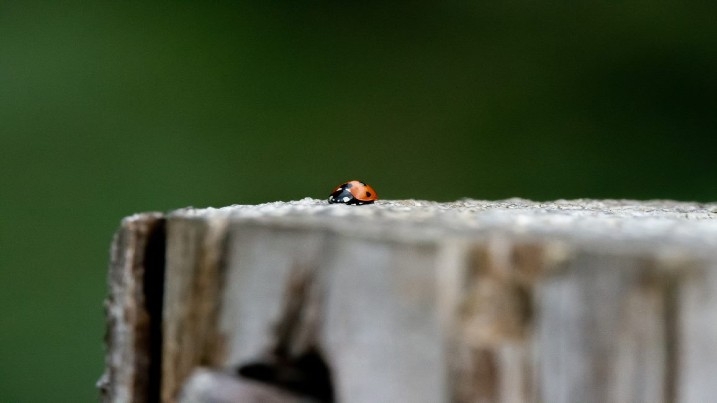
Image Credit: Lesley Barker
We may not be open to visitors right now but don’t forget you can keep yourself topped up with your daily dose of wetland wildlife by following our social media channels @WWTCastleEspie on Facebook, Twitter and Instagram.
